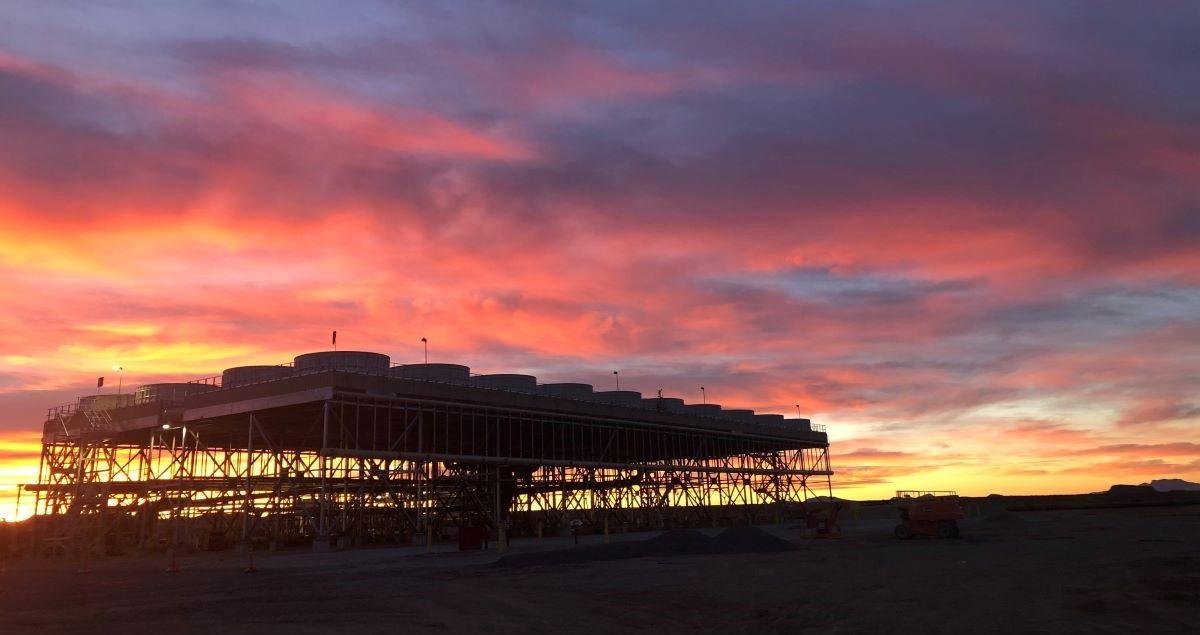This power plant creates electricity from heat in the ground

Geothermal energy is growing, spreading beyond traditional volcanic regions like Iceland and New Zealand. Deeper drilling depths and technological advances make it a competitive source of sustainable energy for countries with no obvious volcanic activities nearby.
As a fuel source, geothermal heat is available day and night, year-round as a base load and is inexhaustible in the long-term. New projects are coming online around the world thanks also to step-change technologies like Mitsubishi Heavy Industries (MHI) Group company Turboden's Organic Rankine Cycle (ORC) turbines, which generate power from lower-temperature geothermal sources.
For example, more than 100MW of new geothermal capacity is now planned in Croatia, thanks in part to the success of the 16.5 MW Velika 1 plant, east of Croatia’s capital Zagreb, which won Turboden the Best Innovation Award 2016 for its pioneering design.
As the leading adopter of geothermal energy, the U.S. has more than 3,500 MW of capacity, which could increase 26-fold according to a recent report by the U.S. Department of Energy.
One of the most recent projects is the 14MW Lightning Dock project in New Mexico, which harnesses heat from the deepest layers of the Earth’s crust to generate electricity.
Unlike a traditional geothermal plant, this system does not use hot water to drive a steam turbine. Instead, the water passes through a heat exchanger, which contains a separate fluid with a lower boiling point than water, operating in a closed-loop. Once vaporized, the vapor drives an ORC turbine, rotating at a relatively slow RPM, which can generate power from even low-temperature geothermal sources.
Turboden’s unique form of energy production operates a continuous cycle producing clean, stable and sustainable electricity, with no emissions.
Turboden's ORC turbines have various applications Discover the technology's versatility




